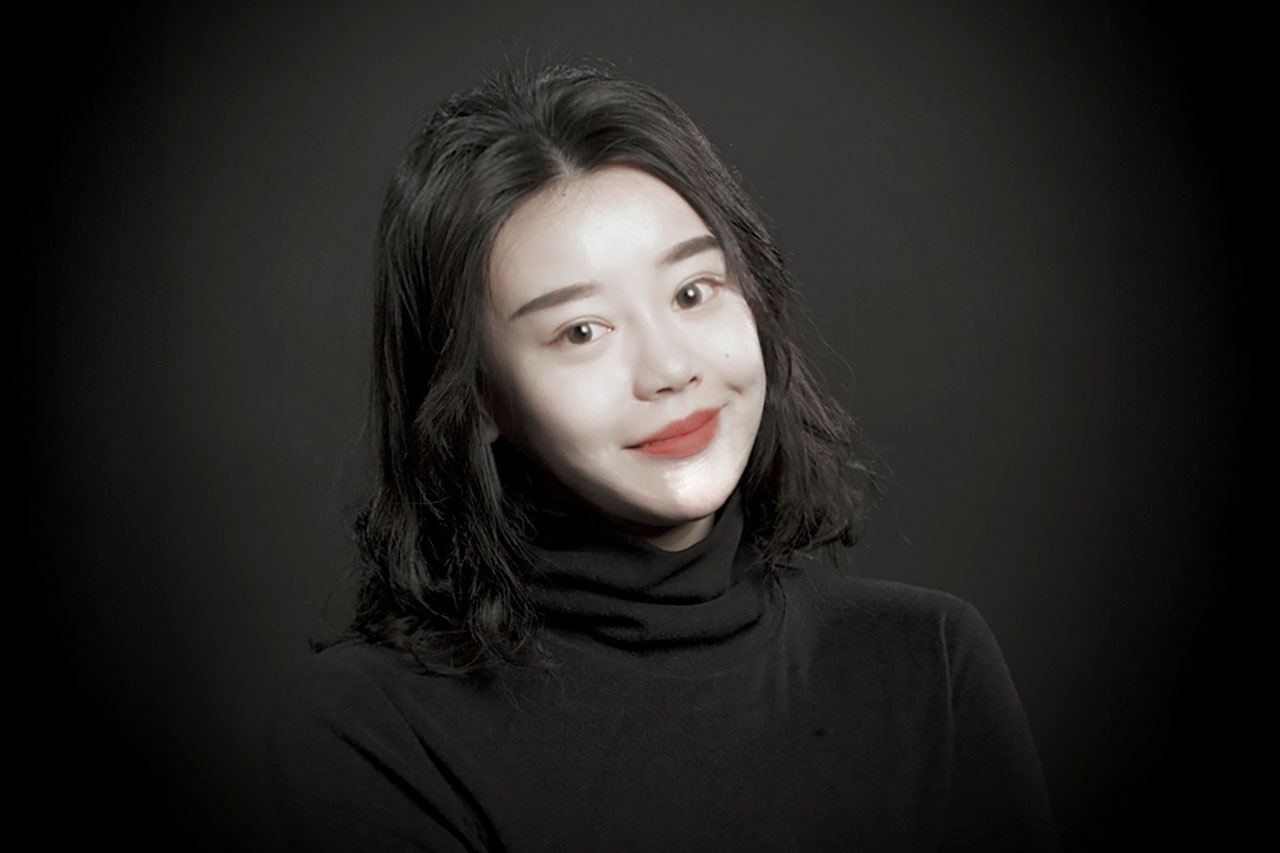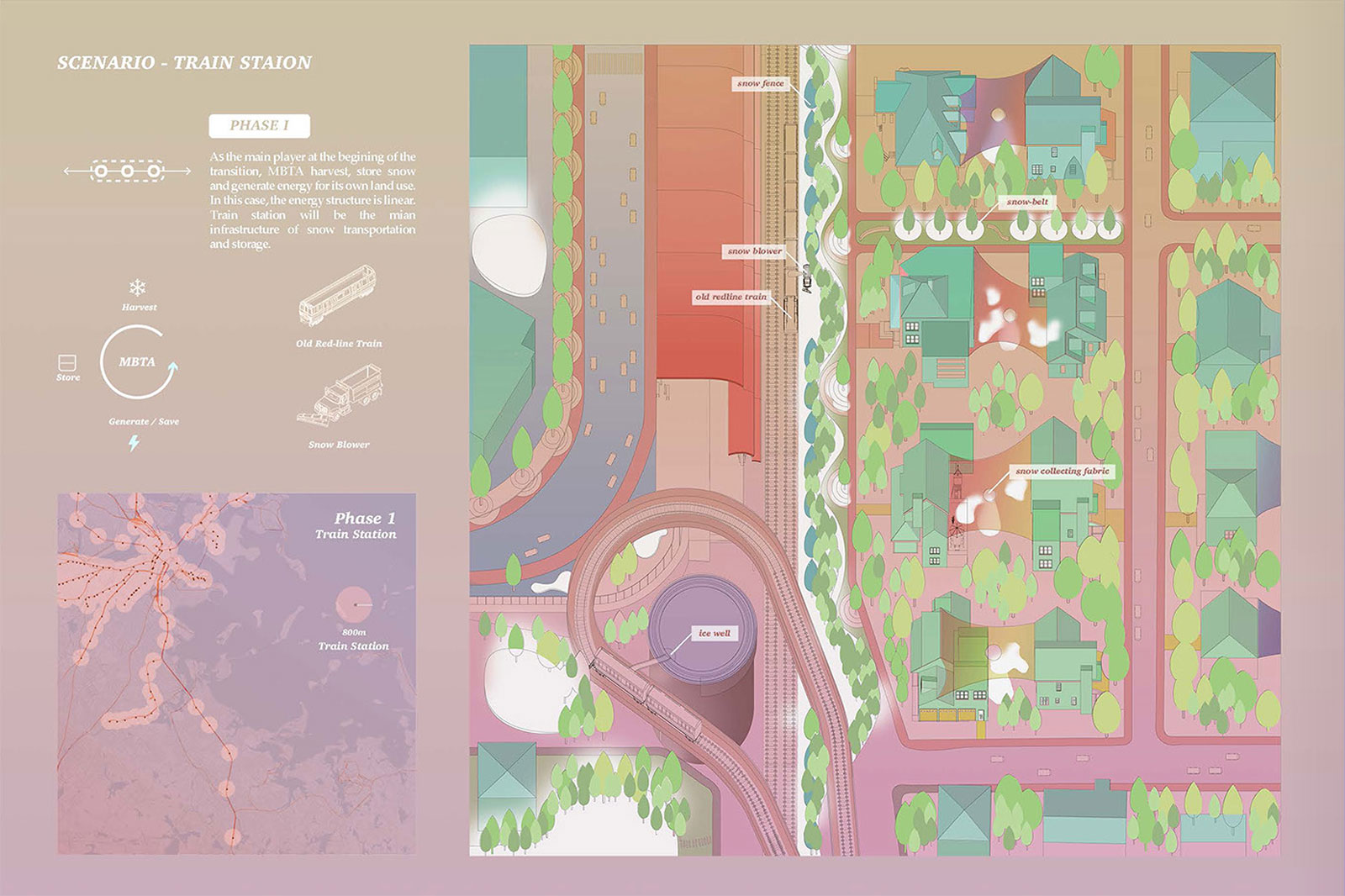Interview with Wei Dou from the United States

When Creativity and Cybersecurity Collide – This is Precision AI: Launch Campaign
September 19, 2024
Mentawai Tribe | Faces of Sumatra
September 20, 2024I am an award-winning landscape designer specializing in landscape urbanism, sustainability, and community building. I have worked at renowned landscape architecture firms like Sasaki Associates and SWA Group.
I hold a Master's in Landscape Architecture from Harvard and have over four years of professional experience at firms like SWA Group and Sasaki Associates, where I led high-profile projects and championed sustainability and environmental justice through design. I am also a published scholar and reviewer for top journals.
My work has earned multiple international awards and scholarships, including the MUSE Creative Awards. Additionally, my projects have been nominated for the Harvard GSD Platform.
I became a creative because I see design as a bridge between imagination and reality, where ideas can transform into something tangible that impacts lives. Through thoughtful, innovative design, we can address real-world challenges, improve communities, and foster connections between people and their environments.
My passion lies in harnessing the potential of design to make a lasting impact, shaping spaces that not only meet functional needs but also inspire and uplift those who interact with them.
A creative design is like "dancing in shackles"—it thrives within constraints yet finds ways to innovate. To me, a design becomes truly creative when it serves a purpose, particularly in building a better world and helping people through thoughtful, impactful solutions.
But don't get me wrong, I also love letting my subconscious drive the process, allowing for spontaneous and unfiltered creativity.
As a landscape designer, my creative process begins with a thorough analysis of site conditions, including environmental factors, existing ecosystems, and community needs. I dive deep into understanding the unique context of each project, which informs my design decisions.
From there, I blend creativity with practicality, developing concepts that are both innovative and functional. I also prioritize collaboration, working closely with multidisciplinary teams to refine and elevate the design. Ultimately, my goal is to create spaces that are not only aesthetically pleasing but also sustainable and impactful, enhancing the well-being of both people and the environment.
Yes, Chinese culture has significantly influenced my creative process. The concept of "design with nature" is deeply rooted in Chinese cultural heritage, emphasizing harmony between human-made environments and the natural world.
This philosophy shapes my sustainable approach to landscape design, where I strive to create spaces that are in balance with their surroundings, respecting and enhancing the natural landscape.
The winning work I entered into the 2024 MUSE Creative Awards is a green infrastructure project focused on utilizing existing mass transportation facilities to promote clean energy and community justice. The design framework is infused with landscape urbanism principles, with a specific focus on creating open spaces in neighborhoods, supporting underserved groups, and activating quiet spaces.
I chose to enter this project because it represents a holistic approach to sustainable urban design, where every element is thoughtfully integrated to benefit both the environment and the community. This project reflects my commitment to using design as a tool for positive social and environmental impact.
The biggest challenge with this project was finding the middle ground between transforming snow into an energy resource and creating spaces for community activities. After thoroughly reviewing the site analysis, we decided to utilize existing mass transportation facilities, which proved to be both cost and space efficient.
This approach allowed us to turn snow from a seasonal annoyance into a fun and functional element, while also supporting clean energy initiatives and community engagement.
The lessons I’ve learned from the people I design for are truly remarkable and have always humbled me. Promoting sustainable design and environmental justice resonates deeply when I receive feedback from local communities.
Their comments often reveal aspects I hadn’t considered or thought were important. Hearing their experiences, backgrounds, and concerns makes the narrative vivid and impactful, challenging my assumptions as a designer. I’ve realized that no design is “too straightforward or too simple.” A simple design can be powerful; what matters most is addressing the needs of the people, not just showcasing elaborate concepts.
Wei Dou
Wei Dou is an award-winning landscape designer with a focus on landscape urbanism, sustainability, and community building. She has gained experience working at renowned landscape architecture firms such as Sasaki Associates and SWA Group.
Read more about this interview with Zhaodi Wang from the United States, the Gold Winner of the 2024 MUSE Creative Awards.


